Rocambol and its cultivation
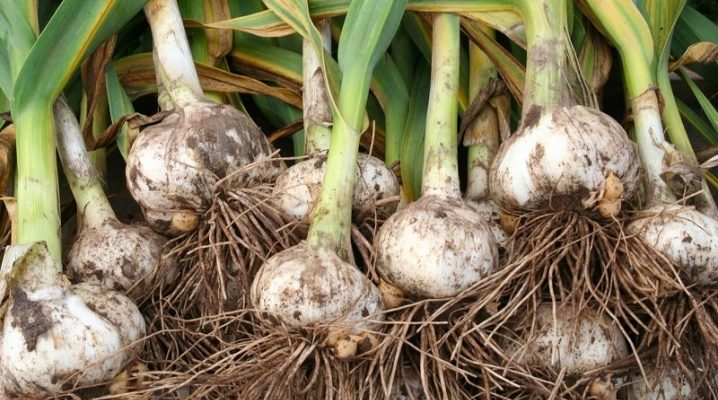
In recent decades, there has been an increased interest in everything exotic in horticulture and horticulture. Rocambol (garlic onion) has not escaped its share of interest. Often the culture is confused with Suvorov's onion and is considered a hybrid of onions and garlic. All disagreements give rise to a lot of questions. We will try to give answers to the most common in the article.
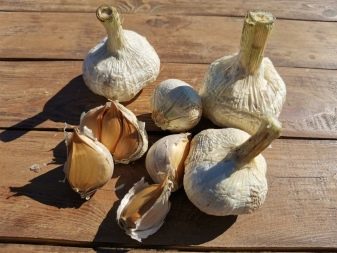

Description
The hybrid specimen under consideration in science has the name of the hairstyle. Rocambol has many names: Egyptian onion, elephant garlic, Spanish garlic, horse garlic. And this is just a short listing of all its names. Hairstyle onion is a perennial culture, it belongs to the Liliaceae family. There is an external similarity with leeks. The height of the culture reaches 1.2 m, the leaves are wide, pale green in color, with a silvery waxy bloom. The flowering plant has a large and beautiful flower stalk in the form of purple bells, forming a ball shape. Has a slight garlic smell, the bulb comes with the taste of onion and garlic, without the special pungency characteristic of garlic.
Gardeners often confuse rocumball and Suvorov's bow, but there are differences between them:
- the bulb of the rockumbol is large and, as a rule, weighs a lot;
- Suvorov's onions must be soaked or marinated well before use, and Rocambol can be consumed raw;
- Rocumball is susceptible to a greater number of diseases.
Recently, hybrids of onions crossed with garlic have become popular.
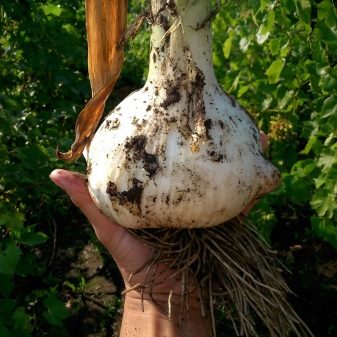
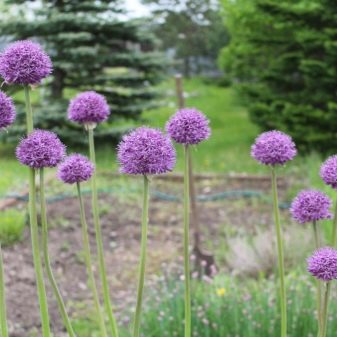
Origin story
The origin of rockumbol is very vague, but it has been known for a very long time. Growing area - Southern and Western Europe, Asian countries, the Caucasus mountains and the Crimean peninsula. The Chinese and Koreans have been cultivating rockball since ancient times and are used not only in cooking, but also in folk medicine.
In European countries, Dutch breeding hybrids are most common. In America, the plant is classified with garlic. In Wikipedia, the culture is called the sand leek. In Russia, the hairstyle has been known since the 19th century under the name of skoroda.

Varieties
In Russia, many common and hybrid varieties are widespread, but the seed register contains the only variety of hairstyle, "Pearl". Consider the characteristics of this and other varieties in conjunction with hybrids.
- "Pearl". It was entered into the State Register in 2006. The patent for it is owned by the State Scientific Research Institute of Selection and Seed Growing of Vegetable Crops, and it was bred for cultivation in Siberia. The variety is characterized as mid-season. Gives a flower arrow. The color of the leaf is light green, with a weakly expressed waxy bloom, the length of the leaf is from 45 to 60 cm, the width is about 3-4 cm. The bulb is large, round-flat in shape. An onion weighs on average 50 g, there are 4-6 cloves in the head, about 12 g each. "Babies" appear under the integumentary scales, from 3 to 5 pieces, each weighing up to 1.5 g. The variety is spicy, the average yield under favorable weather conditions is 1.9 kg / sq. m, the plant is resistant to frost. Overseas culture is poorly distributed.
- "White elephant". The hybrid was obtained by selection from Belarusian agronomists, it is not included in the register of the republic. Possesses excellent taste. The bulb is very large, weighing up to 150-200 g. Without flower arrows. Frost-resistant, excellent resistance to fusarium. Can be grown in regions with short summers.
- "Janissary". Bred by amateur selection in 2016. The bulb is very large in size, can reach a weight of half a kilogram. High resistance to viral and fungal diseases. Sensitive to frost.
- "Red Rocambol". The bulb contains about 8-10 large cloves. It tolerates increased humidity much better than other varieties. The denticles are approximately the same in mass. The taste is strong and spicy.
- "Ukrainian rockambol". The bulb is formed by cloves in the amount of 8-9 pieces. Resistant to adverse weather conditions, diseases. The taste is spicy. Of the shortcomings, only a short shelf life is noted.
- Garlic montana giant... Bred by Italian selection. The fruit is formed by 5-7 large denticles. Easy to clean from the shell. Garlic has a pungent taste with a strong garlic odor.
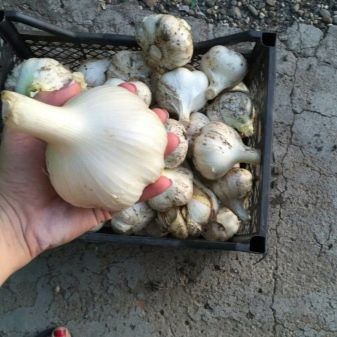

Landing
There are no definite dates for planting rockumbol: it is planted both in spring and under the snow. The choice of planting method largely depends on the variety you have: frost-resistant ones are planted in the fall, the rest - in the spring. When planted in winter, the bulbs grow larger. The best time for planting winter rockumbol is 2-3 weeks before the onset of the real first frosts, so the plants will have time for rooting.... Spring rockambol must be planted before the ground warms up. With late spring planting, the seeds will go into a one-tooth bulb.
Hairstyle grows well in any soil, but for best results you need a soil with good drainage and applied humus. It is not necessary to fertilize it with fresh manure, this reduces the yield.
The soil should have a neutral acidity balance, not higher than 6-7 pH. At high acidity, dolomite flour or lime is added to the soil cover.
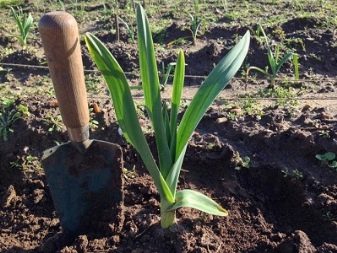
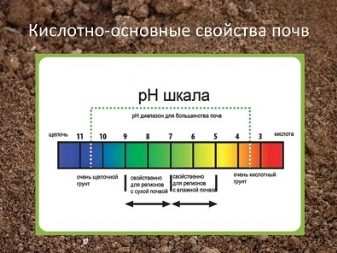
Growing care
Rocambol is considered a picky plant, and if you grow it correctly, then you will be provided with a large harvest. The care technology is exactly the same as for all plants: watering, loosening and fertilizing are necessary. To get giant heads, you need to be careful about agricultural technology. In Siberia, rockambol is grown only in spring, as the planting material will die due to too low temperatures.
Watering, weeding, loosening
Rockambolle needs regular grooming to grow. If you want to get large bulbs and good "kids", then you need to periodically water the beds. Watering is carried out twice a week, but if the soil is heavy (for example, loam), then it is shed every 6 days. Skipping watering negatively affects the formation of teeth.
The first time, loosening during podzimny planting is done as soon as the snow melts and the earth dries up. With the spring planting method, they are loosened with the appearance of the first shoots. Loosening should be carried out between rows and seedlings.
It is necessary to loosen the ground every time after watering the beds.
Weeding is carried out if necessary. When using mulch, there will be few weeds.


Top dressing and mulching of the soil
When introducing organic matter during planting, it will be possible not to use top dressing in the future. If necessary, fertilization is carried out according to the following scheme.
- The first feeding is done with nitrogen fertilizer, usually ammonium nitrate in the amount of one tablespoon per square meter. For winter planting, top dressing is carried out on the snow cover in late winter or early spring. When planting in spring, top dressing is done with pecking of the first shoots.
- The second time fertilizers are applied when 3-4 true leaves are formed... About 200 g of bird droppings or mullein are added to a 10-liter bucket of water, 30 ml of urea is poured into the resulting mixture.
- The third portion of fertilizers is carried out half a month after the first was applied. We apply nitrophosphate fertilizer to the beds. Put 2 tbsp on a 10-liter bucket of water. l. nitrophosphate. We carry out top dressing at the rate of 10 liters of water per square meter.
- The fourth portion of the rockumbol fertilizer is made with the ripening of the heads. For her, add 30 g of potassium sulfate and double superphosphate to a 10-liter bucket of water, then pour the soil with the resulting mixture at the rate of 10 liters of liquid per 2 square meters. Fertilization is carried out in conjunction with irrigation.
Mulching is needed to protect plantings from excessive cold, to curb the growth of weeds. It also creates a barrier to soil crust formation after watering. When mulching, it is important to consider the planting method. When planting in winter, the beds are covered with mulch from 3 to 10-15 cm in autumn. As a covering, sawdust, mowed and chopped grass, straw or covering nonwovens are used. For spring planting, mulching is done in a layer of 3-4 cm, mainly with grass, straw or covering cloth.
On the Internet, you can find recommendations about mulching with fallen leaves, but the advice is not always good, because pathogenic bacteria and pest larvae are often found in the fallen leaves.

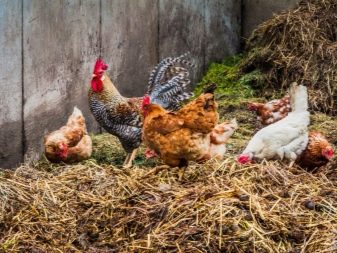
Reproduction
Rocambol is propagated by children. It blooms and even forms seeds, but they are sterile. "Babies" appear in the second year at the one-toothed bulb in the lower part. They retain the ability to germinate for about three years if stored in a dry room with a temperature not higher than +8 degrees.
Planting material in the second and third years emerges better than freshly harvested. When planting in spring, a single-toothed bulb grows, which in the second year will give seed.
Planting material in the second and third years emerges better than freshly harvested. When planting in spring, a single-toothed bulb grows, which in the second year will give seed.
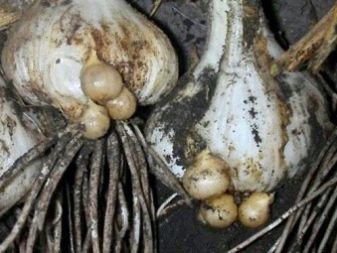
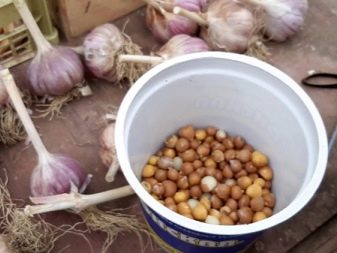
Diseases and pests
To obtain the largest harvest, one care is not enough; it is also necessary to carry out prevention and treatment against diseases and pests. The main enemies of the Rockumball crop are the following ailments and parasites.
- Rust... The disease manifests itself in the form of small light brown follicles that affect the leaves of plants. They fight rust by irrigation or spillage of beds with sulfur compounds.
- White rot... The disease occurs in places of constant planting of plants and it is extremely difficult to fight it. Microbes infect the soil and are manifested by the growth of white or gray mold with black dots. It will not be possible to cure the rocumball; all that remains is to destroy the entire crop at the root. The soil is disinfected with chemicals and it is better not to plant bulbous plants in this place for 15 years.
- Fusarium... The most famous disease of onions and garlic. The disease manifests itself as a gradual yellowing of the leaves and wilting of the plant. First, the tips begin to turn yellow, gradually wilting descends to the bulb. The disease is considered incurable, therefore, if a diseased plant is found, it must be dug up and destroyed. The soil is treated with a solution of copper sulfate, and the remaining plants are sprayed with solutions of fungicidal preparations.
- Thrips and pincers. Pests of all bulbous crops. By biting and sucking the juice from the leaves and stems, they disrupt the vegetative system, which leads to depression and death. Parasite wounds will be an excellent source for viruses and bacteria. Reduction of foci of thrips and ticks is carried out by mulch processing. The use of special adhesive tape or a pheromone trap is popular.
- Onion fly... The pest lays eggs in a leaf cushion. The hatched larvae eat up the stem to the head and settle in it. The leaves of a plant infected with an onion fly begin to turn yellow, wither and die off. Only chemical preparations help from onion fly.
- Nematode... Nematode larvae also live in and feed on bulbs. It is like being hit by white rot or onion fly. Nematoda is dangerous in that it can lead to the death of the entire crop. Pest prevention is the preparation and disinfection of the soil cover. Chemicals are used to combat.
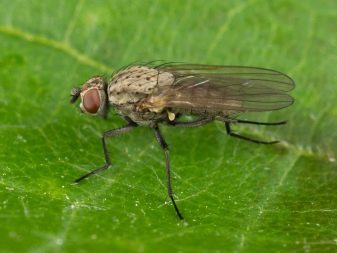
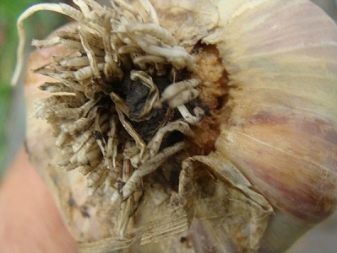
Collection and storage
Harvesting on time is considered an important step in obtaining a good harvest. It is influenced by natural conditions and the method of planting, but it is necessary to be guided first of all by the appearance of the rockambol. If, with proper care, the lower leaves began to dry out, then this indicates the ripeness of the bulb. You can remove rockumbol from the garden 2-4 weeks after cutting the arrows. If you are in doubt about the ripeness of rockumbol, then you do not need to dig up the entire crop at once, you can dig up one plant and see... Overexposure of rockumbol in the ground leads to the stratification of the cover of the bulbs and the loss of "children". It will not be possible to store such bulbs for a long time.
The rockumbol heads are dug up, the lumps of soil are gently shaken over the grate: this is how the separated "children" are sifted out. The heads are removed under a canopy, where they are kept for 2-3 weeks. Then the heads are examined and, having established themselves in their dryness, the root system is cut off and the trunk is cut 3-5 cm above the head. The instances are then linked and placed in the prepared store.
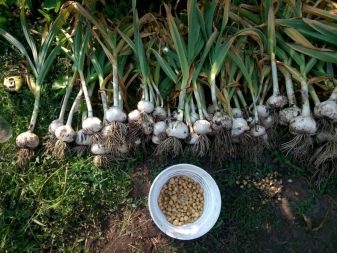
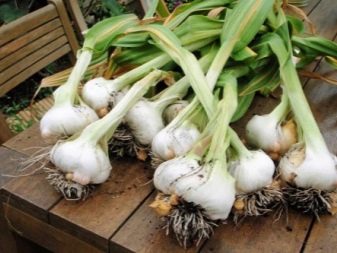
Interesting Facts
During the cultivation of crops on the site, gardeners noted several interesting facts.
- The rockambol head has quite significant dimensions: about 6-10 cm in circumference, while the mass is 200-400 g. When compared with garlic and onions, the mass of a large head of common garlic is 120-150 g, and the mass of a large onion fruit is 220-240 g. With good care, representatives of the hairstyle grow up to 500-600 g.
- When grown, "babies" are formed into single-tooth bulbs weighing about 40-50 g. But in the third year, the one-tooth head forms huge garlic heads with fractions of up to 80 g. With a lack of heat, the one-tooth head grows to a significant size (up to 100 g) and is divided into cloves by 4 years. The breeding cycle of rockumbol is not the same, at one time it is 3, and at other times it is 4 years.
- The variety of seed material is amazing: they can be "babies", one-toothed bulbs or cloves.
- Onion and garlic came to America from Europe with emigrants... Currently, Peru grows 35% of the world's total crop.
- In the United States (in the city of Gilroy), a food festival is held every year, where rockambol is the basis of all dishes. Dozens of the best chefs from all states come to the festival.
Rocambol is a very interesting vegetable crop that has become popular with many gardeners due to its unpretentiousness. Someone likes it because of its exoticism, and someone is happy with the taste of the onions, the fact that it is not as spicy as that of ordinary garlic. In any case, rockambol is undoubtedly worthy to take up a corner of your garden.
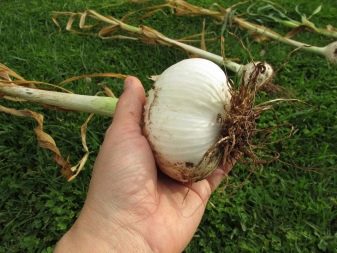














The comment was sent successfully.